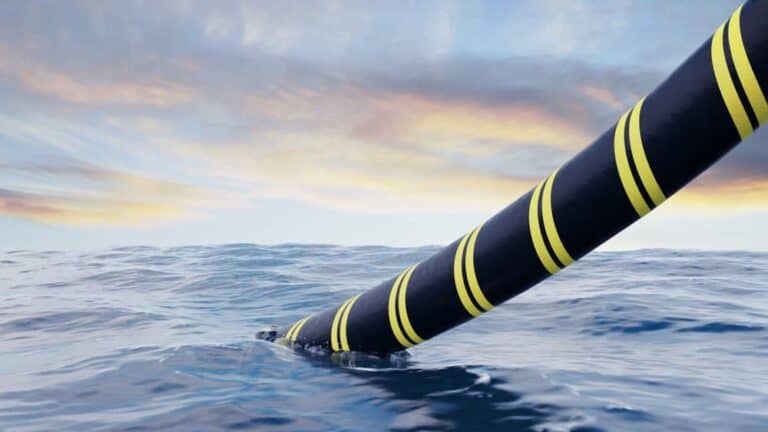The threat of sabotage to submarine internet cables by state actors such as Russia and China is increasing.
This is according to a new report by the American cybersecurity organization Recorded Future. The analysis identifies an increase in geopolitically motivated incidents involving damage to critical cable infrastructure at sea. This is particularly prevalent in the Baltic Sea and around Taiwan.
According to the researchers, 44 cable damages have already been publicly reported in 2024 and 2025, spread across 32 separate clusters. The most common causes were unknown circumstances (31 percent), anchors dragging across the seabed (25 percent), and natural phenomena such as seismic activity (16 percent). Three of these incidents led to prolonged and serious network disruptions. This was particularly the case in areas with few alternative connections.
Four incidents were identified in the Baltic Sea, involving damage to eight cables. Around Taiwan, there were five incidents involving five separate cable breaks. In at least five cases, the damage was caused by ships dragging their anchors across the seabed. Four of these ships had been suspected of having links to Russia or China. They were operating under suspicious circumstances or with unclear ownership structures. Although direct state involvement is difficult to prove, the researchers point to a pattern that fits within the broader strategic objectives of both countries.
Tip: Subsea cable between America and Europe completes 800Gbps test
Repairs are too slow
Recorded Future warns that the undersea cable infrastructure remains vulnerable worldwide, particularly in regions with limited redundancy or inadequate repair capacity. Areas such as West and Central Africa, remote islands in the Pacific Ocean, and some secondary European connections are at particular risk. The impact of a cable break is relatively high in these regions because there are no alternative routes and repairs are slow.
Another concern is the limited global capacity for cable repairs. The average repair time is already around 40 days, but this can be further extended by delays in obtaining permits and difficult access to conflict zones. Satellite and microwave connections offer only a partial solution during major disruptions, as they can only compensate for a small portion of the lost bandwidth.
The researchers call for more investment in cable surveillance, repair vessels, and real-time monitoring of infrastructure. They believe that public-private partnerships are essential to strengthen digital resilience and prepare for scenarios in which multiple cables fail simultaneously, for example prior to a military conflict.
The increased threat aligns with earlier warnings from European defense circles. The United Kingdom also recently called for enhanced protection of undersea infrastructure, with the Royal Navy playing a coordinating role. The concerns are not purely theoretical. In February last year, an anchor incident in the Red Sea, attributed to a ship hit by a Houthi missile, caused serious communication problems in the Middle East. Similar problems occurred later off the coasts of West Africa and South Africa.
Although Europe generally has a robust internet infrastructure with sufficient reserve capacity, islands such as Malta, Cyprus, and Ireland remain more vulnerable due to their heavy reliance on undersea connections. The combination of geopolitical tensions, physical vulnerability, and limited recovery capacity makes undersea cables a strategic target that experts say deserves more attention.
